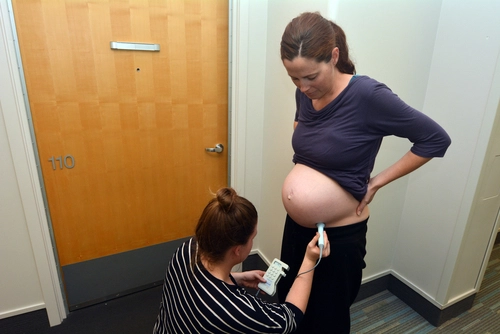Ob-Gyn Coding Alert
Say Goodbye to Surgical Mesh Products for Pelvic Organ Prolapses
FDA has removed mesh products from the market. On April 16, the FDA decided to eliminate mesh as a potential option for patients suffering from pelvic organ prolapse (POP) or stress urinary incontinence (SUI). That means you shouldn’t see any more transvaginal repair of anterior compartment (cystocele) claims featuring mesh. If you do, you could likely expect to see a denial. Pay Attention to 57282 Claims Remember, if the physician used a transvaginal approach, you should report 57282 (Colpopexy, vaginal; extra-peritoneal approach [sacrospinous, iliococcygeus]). In the past, the ob-gyn would add mesh to strengthen the repair. You would have reported the mesh insertion using +57267 (Insertion of mesh or other prosthesis for repair of pelvic floor defect, each site [anterior, posterior compartment], vaginal approach [List separately in addition to code for primary procedure]). This add-on code requires no modifier or fee reduction and carries 7.25 relative value units (RVUs). That’s about $261.28, based on a $36.0391 conversion factor. Important: All payers look for a procedure’s medical justification and add-on codes are no exception. The purpose of the mesh was to shore up vaginal wall fascia that is weak or attenuated, where sutures are inadequate to complete the repair. Therefore, you would’ve looked for documentation that indicates this and reported N81.82 (Incompetence or weakening of pubocervical tissue) or N81.83 (Incompetence or weakening of rectovaginal tissue). Looking ahead: You may see +57267 as a deleted CPT® code in the future. “I would expect all payers will deny this code effective almost immediately,” says Melanie Witt, RN, CPC, MA, an independent coding expert based in Guadalupita, New Mexico.
Related Articles
Ob-Gyn Coding Alert
- Obstetrics:
Reduce Delivery Coding Errors by Busting These 5 Myths
Some payers may want you to apply modifier 59 for this reason. Are you relying [...] - Obstetrics:
Here's Why You Should Highlight “Polyhydramnios” In Amnio Documention
You should avoid 59000 for a fluid-reduction procedure. If coding amnio procedures — particularly procedures [...] - ICD-10:
Reconcile What You Know About Z Codes With This 7 Q&A Challenge
Think a Z code can’t be a primary diagnosis? Find out if that’s true. Z [...] - News You Can Use:
Say Goodbye to Surgical Mesh Products for Pelvic Organ Prolapses
FDA has removed mesh products from the market. On April 16, the FDA decided to [...] - You Be the Coder:
Pregnant Patient with Appendicitis
Question: A pregnant patient came in through the emergency department ED for right lower quadrant [...] - Reader Question:
Isolate the Tubal Counseling Time
Question: Patient had a suction dilation and curettage (D&C) after an incomplete miscarriage on 4/04/19. [...] - Reader Question:
Decide Who Can Record ROS
Question: There is a debate in our office about who can record an ROS. Can [...] - Reader Question:
Classify Heart Murmurs as a Symptom
Question: We have an ob patient who was just diagnosed with a heart murmur. The [...] - Reader Question:
Avoid 88142 When Not Doing Pap Interpretation
Question: Patient came for her well woman checkup. She also had amenorrhea and intrauterine device [...]




